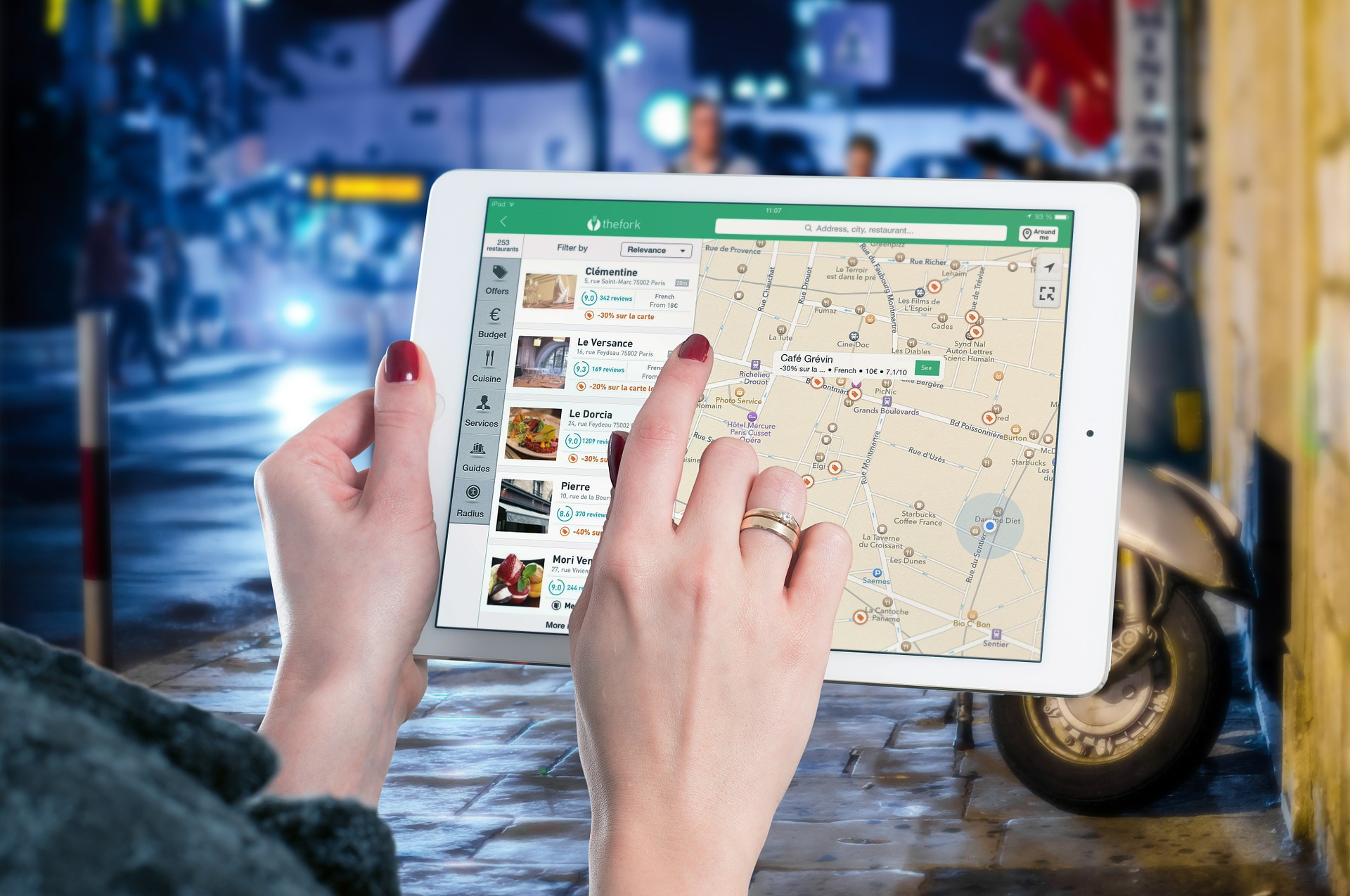
The number of seniors who travel independently has increased in recent years, and today’s older travelers approach their trips differently from those of a decade ago.
A study analyzing how today’s senior travelers use tourism information revealed that they can be divided into three distinct groups.
“The Adventurous Experimenters are confident both in choosing their destination and using information technology. They are independent travelers who like to try out new destinations and avoid ready-made travel packages,” said researcher Juho Pesonen. “The Meticulous Researchers, on the other hand, use technology mainly to search for information, and they appreciate safety and user-friendliness both when it comes to technology and their destination. The Fumbling Observers, however, are less keen to use technology, and they often require assistance in using it. This group is the one that prefers ready-made travel packages and familiar destinations.”
The study findings were published in Information Technology and Tourism.
A recent AARP survey found that 87 percent of adults aged 45-plus will take at least three road trips this year. Nearly three in four (72 percent) of those surveyed said road trips are their favorite type of travel. The majority said they like having their own transportation when they get to their destination and enjoy the flexibility and cost benefits that come with traveling by car.
The survey found also that:
- The average, one-way drive time for a road trip is nine hours. Travelers typically stay at their destination for five days, making the average road trip a one-week excursion.
- Nearly all travelers (95 percent) said their trips typically involve two to three family members driving in one vehicle.
- Compared to members of Generation X, baby boomers are more likely to do some routine maintenance on their vehicles before traveling and are more likely to travel by car, as opposed to SUV.
- Asked about required road trip technology other than a cellphone, 62 percent cited cell coverage, 40 percent said they need an iPad or tablet and 39 percent noted the need for a digital camera.


